One of my earliest and vividest memories is the time I sneaked out of bed and into the dim hallway with a box of crayons. The flickering television screen in the adjacent living room cast just enough light to let me see what I was doing. I chose the blue and red crayons and set to work on my vast canvas of a wall. On one end there was grandma’s house in the United States, and on the other our new apartment in Germany. Between the two I drew a series of squiggly lines depicting our recent journey. In my view it had been a very long, confusing trip, so the more squiggles the better. Cars had been involved, and planes. And trains. And lefts and rights and straight aheads and circles and who even knows what else.
I added more squiggles for good measure.
***
One winter, my dad and I trudged up a sloping hill above our town, dragging a sled. Along the way I listened to our breathing and the muffled squeak of snow under our boots. At the top we turned around and looked down at where we’d come from.
Behind us was a tangle of brush and trees, but oh, laid out before us was the world. Edge to edge. My dad pointed with his gloved hand. “See, there’s our house,” he said, “And there’s the base. Can you see the air control tower? And over there is the town of Bad Kreuznach. And over there…” His fingers traced unseen lines through the air, connecting each place to the others in a tangled, intricate web.
I stayed quiet, taking it all in.
Whoa.
***
Almost every summer after we’d moved back to the States, my dad sat down at our wood laminate kitchen table and opened a road atlas. Before our cross-country drive, he’d lightly trace his planned route with yellow highlighter, adding up the miles he wanted to cover each day. The morning we’d finally finished loading the car at some dark, bleary-eyed hour and climbed in (“Gotta get an early start,” he always said, even though we had nowhere in particular to be), he handed the atlas over to me. “Where are we going, navigator?” he’d ask.
Interstate travel doesn’t make for complicated direction-giving. To fill empty hours as the engine hummed and the wheels endlessly turned, I studied the sheaf of bound paper in my lap.
***
I can stare at maps for hours. It’s a geeky thing to admit, I know. Even geekier now that the printed atlases I spent so much time poring over as a kid are pretty much obsolete in the age of GPS.
To me, maps were exciting. They told you both where you’d come from and where you’d be going. They whispered promises in your ear about who you were going to be when you got there.
They reminded you that you were a location in space. That you could be defined by your relationship with any number of objects across an infinite plane. That you could zig-zag anywhere you wanted, and the objects around you would stay the same.
Mostly.
Sometimes.
***
One semester in college, I tutored two Korean children in conversational English. They’d chosen Cindy and Peter as their Anglicized names. Fascinated by their challenge of parsing an utterly foreign country and culture, I decided to bring a map into our session. Maybe it would help them make more sense of this strange new place if they could quite literally see how they’d gotten here from where they’d come from.
Peter paid polite attention for a minute and a half before assigning himself the task of counting how many times in a row he could flip his pencil and catch it midair. Meanwhile, Cindy occupied herself by repeatedly applying, licking off, and reapplying the vanilla-flavored Bonne Bell lip gloss I’d given her.
I sighed and tucked the map back into my pack. This level of geekiness wasn’t for everyone, I had to admit.
***
The thing that kills me about maps is that they can tell you so much about who and what came before without you even having to pick up a history book.
Start in the east, where the roads are a confusing, jumbled mangle of lines cobbled from old transportation routes and the basic need to transport millions of souls all piled in atop one another. As you move west, the roads gradually spread and straighten themselves. By the time you hit the great wide expanse of the Plains, they are organized grids.
Keep going and even more space opens up. When the ragged peaks of the Rockies rise from the ground, the roads demur. They wander lazily, skirting mountains and rivers in search of the easiest, flattest route. By the time they run into the Pacific ocean, the roads are a combination of careful planning and happy accident; a patchwork of deliberately drawn squares and wildly criss-crossed threads.
Peppered along those roads are cities and towns and villages, all named by the people who made them. In the northeast there are names like Marlborough, Worcester, Southwick, Nanticoke, Blairstown, East Stroudsburg, Everittstown, Danby Corners. In the southeast it’s Jonesville, DeKalb, Pamplico, Benoit, Lexington, Panther Burn, Shivers, Talowah, McHenry, Church Point, Cortableau, Duplessis, Ponchatoula.
The midwest has Hoover, Unionville, Grandy, Cedar Rapids, Dodge, Friend, De Witt, Plummer, McGrath, Long Prairie, Wabossa, Viola, Elkton, Estelline, Heidelberg, New Holland, Sobieski.
The further west you go, the more literal the place names seem to get. There’s Lodge Pole, Antelope, Bighorn, Boyes, Granite, Council, Featherville, Grand View, Burns, Silver Lake, Cascade Summit, Frenchglen, Klamath, Rainier, Woolley, and Junction City to the north. In the south there’s Soledad, Palo Verde, Estrella, Paso Robles, Tehachapi, Lone Pine, Pierce, Bisbee, San Carlos, Cow Springs, Skull Valley, Tonalea, Los Alamos, Blanco, and Durango.
I write the names down that I like. I collect them in ever-growing lists.
I’m not sure why.
***
Sometimes I think I’m just grasping for nostalgia, for memories, for a sense of belonging to a place. But then again, do any of us ever really belong? The spaces we occupy are never quite ours. We merely borrow them for a little while before passing them off to the next traveler to come through.
When I was a kid, each time we packed up and left a place, I’d write my name on a shelf in my bedroom closet. It was an homage to the part of me I thought I was leaving behind, I guess. Turns out I didn’t leave anything behind. I still carry all those parts with me everywhere I go.
Maps remind me that the past is here, woven through our present. We’re just a thin layer stacked atop all the ones that came before.
And on those days when the walls of my life start to close in, I am comforted by the knowledge that I can change direction.
I can leave this space, and head down the road to another.


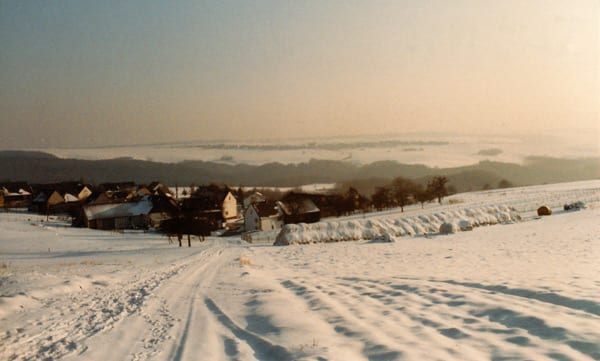

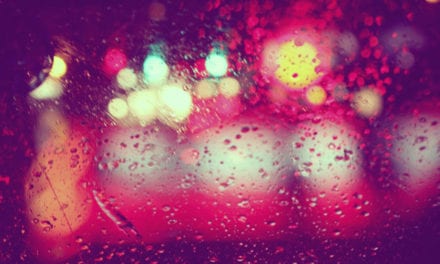
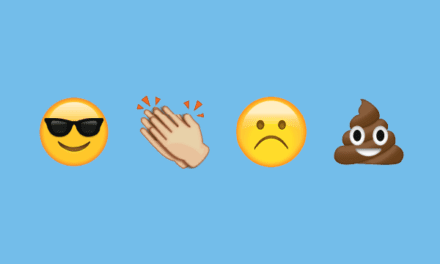
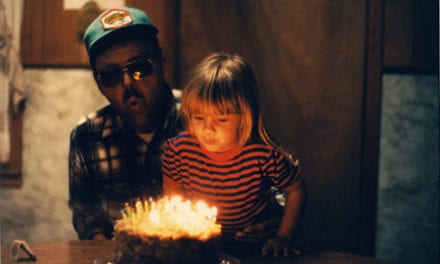
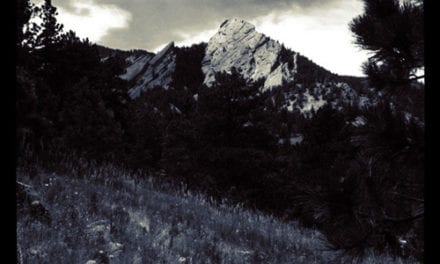
Damn. I loved all of this, particularly that first vignette.
you wrote a post that didn’t make me laugh, but it was so beautiful. I don’t know what your day job is but you’re obviously a writer. Also – I love maps too! In our toilet we have a giant map of Texas. In our living room we have a map of Scotland, in our Bed room we have a huge map of the States and in my office I have a classroom map of 1648 Europe, so it shows things like the Ottoman Empire. I to love to stare away at maps for hours and hours and pick out small little places and imaging what they must be like. It is as I suspected: we are kindred spirits.
So beautiful. The words, the pictures, everything. I love it.
This is simply beautiful. And resonates so much.
“I can stare at maps for hours. It’s a geeky thing to admit, I know. Even geekier now that the printed atlases I spent so much time poring over as a kid are pretty much obsolete in the age of GPS.”
YES. ME TOO.
Our house is totally decorated with maps of the western US. Our cabin features a collage of the USGS quads surrounding it. We’ve amassed a large collection of state atlases (much better for back road traveling than the large scale US ones!) We just look at them, know where we have been, and where we need to go. They organize our world in a way that very few other mediums can.
But aside from the subject matter. Damn. I wish I could write like that.
I’m with you on maps…I am a little bit of a Luddite when it comes to technology and all I know is I miss being lost once in a while. Except the only time my GPS ever lets me get lost is when I’m in a fucking hurry. Of course.
Anyway – beautiful photos as always and especially beautiful words, Lyn.
I echo all the “beautiful” sentiments (and wish I could share a pic of Wiesbaden from this past Christmas when we visited family living there now). Most touching – you writing your name on a shelf in the bedroom closet of each room you left behind. Love that.
But mainly – I want to know why Lauren has a picture of my great State in her toilet? wth 😉
Not gonna wax as poetically as you just did, but a note about maps.
I only learned how to read a map about a year ago. I don’t mean, “Look, this blue line is I-95!” I mean, “Oh, these are EXIT numbers. We’re here! Exactly here! And there’s this much distance (according to the scale on the legend) until here! Huh. Imagine that.” It was kind of thrilling.
I hope my babies draw lines between their far-away family on my walls.
And I love maps. I grew up with the same navigator experiences. GPS just don’t do it for me.
I felt like I never had a home when I was a kid. We moved a lot, and I always considered my grandparents’ town “home” until a girl at college screamed at me for it.
I love maps, too, but for me it’s because I can use them to travel in my mind to the places I love again. May not be able to make it back to Boulder, but I can look at a map and remember. Can’t afford to have a weekend in Maine, but I can be back there in my mind.
The funny thing about Colorado, and presumably most western states, is how the names change as you enter the mountains. It goes from ‘Boulder’ and ‘Grand Island’ to ‘Gunbarrel’ and ‘Rifle’. Gets a little dark.
Mmmmmm. This is good. And maps are the the most awesome thing, especially when you are trying to find the “genius of the place” in a new hometown, as I am.
Oh, and hey, I saw this about Maps and thought you might like it.
Beautiful. Thanks for writing this and sharing it with us.
This is a lovely post. I too love maps, and can look at them for hours on end without getting bored. Old ones, new ones, places I know, places I’ve never been… I like them all. This is but one of my old-man/turning-into-my-father/grandfather habits.
I have a reputation for being an instamap and learning places quickly, which I chalk up to always looking to see what streets are named and making note. I got a book called Names on the Land: A Historical Account of Place-Naming in the United States earlier this year; maybe you’d like it? I can’t say for sure because, um, I haven’t gotten very far into it yet.